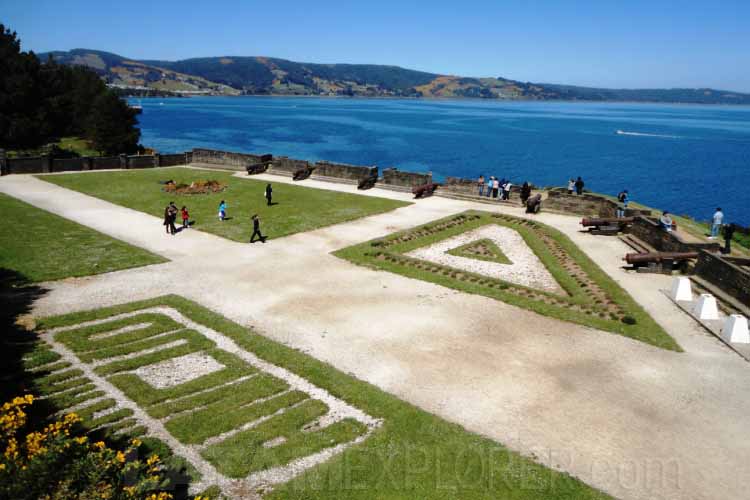Home > Destinations > Chile > Chiloé
Chiloé Island, Chile
The Chiloé Archipelago is formed by several islands lying off the coast of southern Chile. Its main island, the Chiloé Island, spreads over an area of 8,400km² (3,240mi²) and is located 1,100km (680mi) south of Santiago and 65km (40mi) southwest of Puerto Montt. Reaching it requires a 25 minutes navigation through the Chacao Channel or flying into the new airport in Castro, which offers direct connections to the national capital.
Besides the abundant maritime activity, the island is characterized by its several stilt houses, its wool and wood handcrafts, the unique cultural traditions and the religiosity of its people, as evidenced by the more than 60 churches of the local school of carpentry spread over its territory, of which 16 are recognized by UNESCO as World Heritage Sites. Chiloé is also recognized for its cuisine, whose main highlight is the curanto, a dish that mixes meat, fish, seafood, potatoes and other vegetables, traditionally prepared in a whole dug in the ground about 1.5m (5ft) deep or also over a fire pit.

When arriving through the north of the island, the first visited place (probably just passing through it) will be the city of Chacao, one of the oldest settlements of the island. Only 30km (19mi) west from Chacao lies Ancud, the second largest city of Chiloé, with a population of 27,000 inhabitants. Ancud was Chiloé’s capital for more than 200 years, until 1982. The San Antonio fort, located 800m (0.5mi) away from the main square (Plaza de Armas) was the last place in all Chile that saw the Spanish flag waving sovereign, in 1826.

Continuing 70km (44mi) south from Ancud, it’s time to see Dalcahue. Home to just about 5,000 people, Dalcahue is mainly known for its beautiful Our Lady of Sorrows Church and its handcraft fair, which takes place every Sunday morning. The capital of Chiloé, Castro, lies another 20km (12mi) southwards. Founded in 1567 this is one of the oldest cities in Chile and is mainly known for its numerous stilt houses, buildings raised on piles over the surface of the water, that constitute the main postcard of the area. Castro also deserves a visit in order to see the Saint Francis Church and its handcraft market. Besides, every year on the third weekend of February the city hosts the Festival Costumbrista Chilote, the main traditionalist event of the archipelago, where the local community gets organized to display a sample of the local culture, including a lot of music, dances and, of course, food.

The island presents many other attractions, although most of them require a greater effort in order to be reached. One of these attractions is Chiloé National Park, on the island’s west coast, 55km (34mi) away from Castro. This park impressed Charles Darwin and currently offers trails that allow for an intimate contact with the local woods and places like the Cucao and Huilinco lakes. Another interesting destination for nature lovers is the Natural Monument Islotes de Puñihuil, the only eco-system in the entire world where Humboldt and Magellanic Penguins build their nests together.




